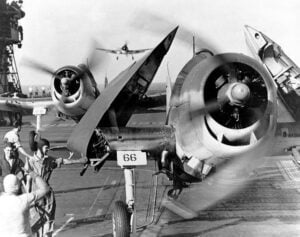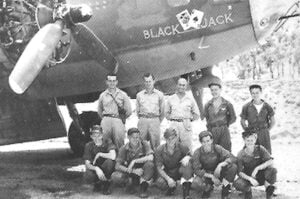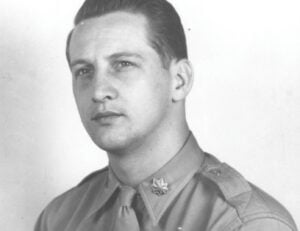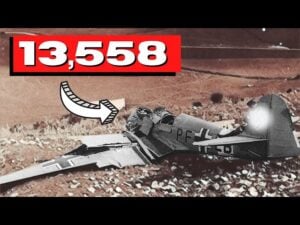From Fuel Plane to Flying Museum—Watch A Unique Mini-Tour Experience
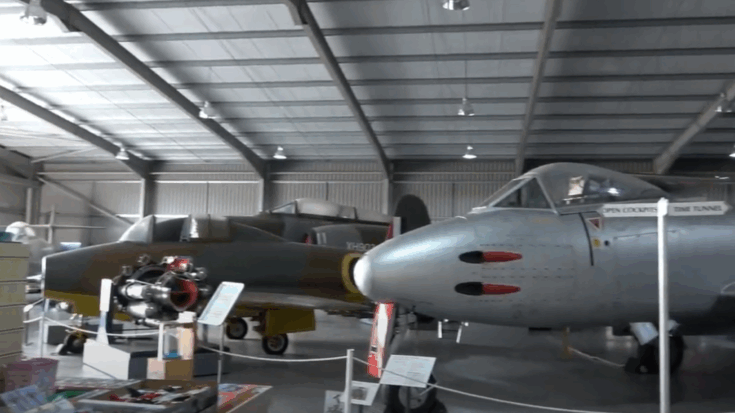
The Phobic Flyer / YouTube
The Start of Jet Age Museum
The Jet Age Museum, located at Gloucestershire Airport, celebrates the county’s strong links to British aviation. Named after the era introduced by Sir Frank Whittle’s jet engine, the museum highlights the region’s role in aerospace innovation. Whittle, born in 1907, designed the first British jet engine, which powered the Gloster E.28/39—Britain’s first jet aircraft. His son, Ian Whittle, is a patron of the museum.
The museum opened in 2013 after decades of work by volunteers from the Gloucestershire Aviation Collection, founded in 1986. With over 500 members and 170 active volunteers, this charity has grown into a serious effort to preserve local aviation history. Fundraising reached £300,000 by early 2013, allowing construction of the museum’s first permanent home.
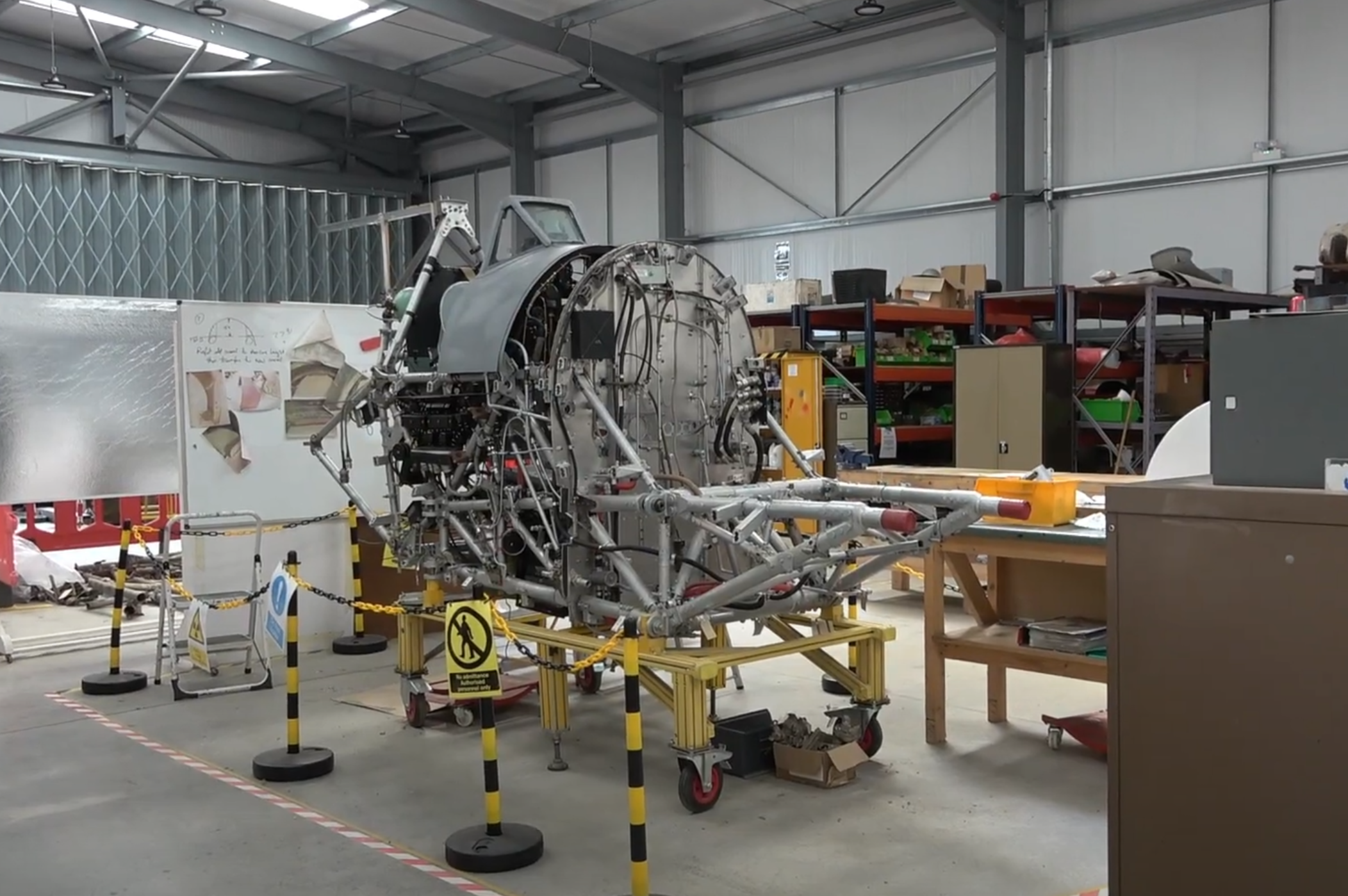
A Tour Through History
The museum features both replicas and original parts of historic planes. Visitors can see a replica of the Gloster Gamecock, a 1920s biplane built by volunteers over 20 years. Nearby is the frame of a Gloster Gladiator, recovered from a crash site in Norway. A Hurricane replica used in the 1969 Battle of Britain film is also on display.
Inside the hangar, guests find cockpit sections of aircraft like the Vulcan bomber and the Trident airliner. These are accessible on time-ticketed tours. In the rear stands a Meteor night fighter built by Armstrong Whitworth and used by the Royal Air Force in the 1950s. Other exhibits include a 1920s scooter believed to be the world’s first, and the last fighter built by Gloster, the Javelin.
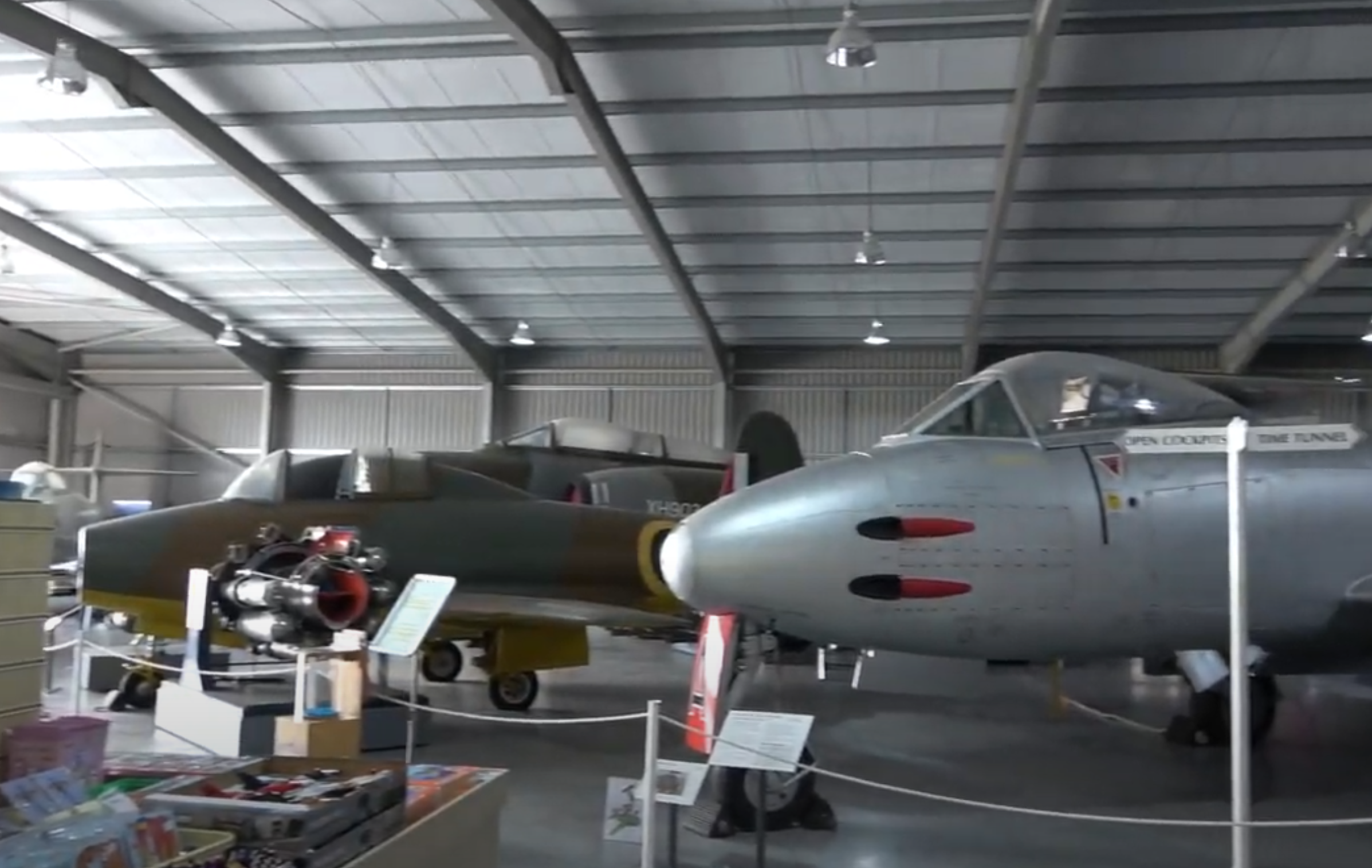
Expanding the Experience
Visitors can view the Trident’s cockpit and learn about early blind landing systems developed nearby. There’s also a picnic area by the runway for watching aircraft take off and land.
Additional highlights include a Luftwaffe display featuring an unexploded German bomb dropped near Cheltenham, a Hawker Typhoon cockpit under restoration, and a “time tunnel” filled with early aviation items, photographs, and stories. The museum continues to grow with plans for new workshops, archives, and education spaces.
Keep going for the video below:














